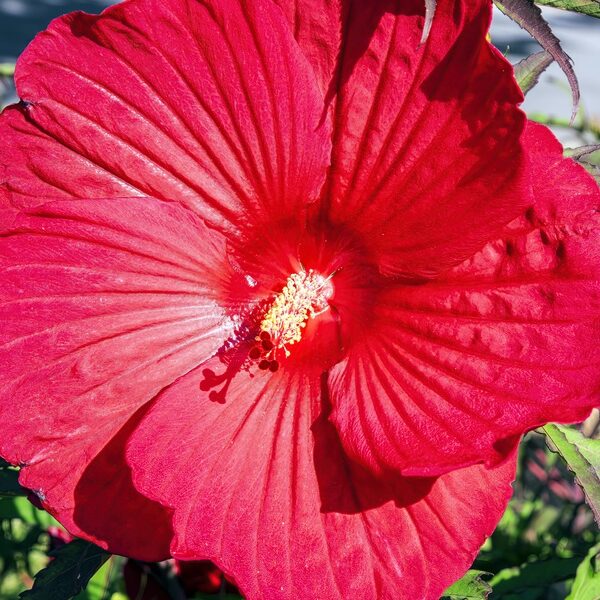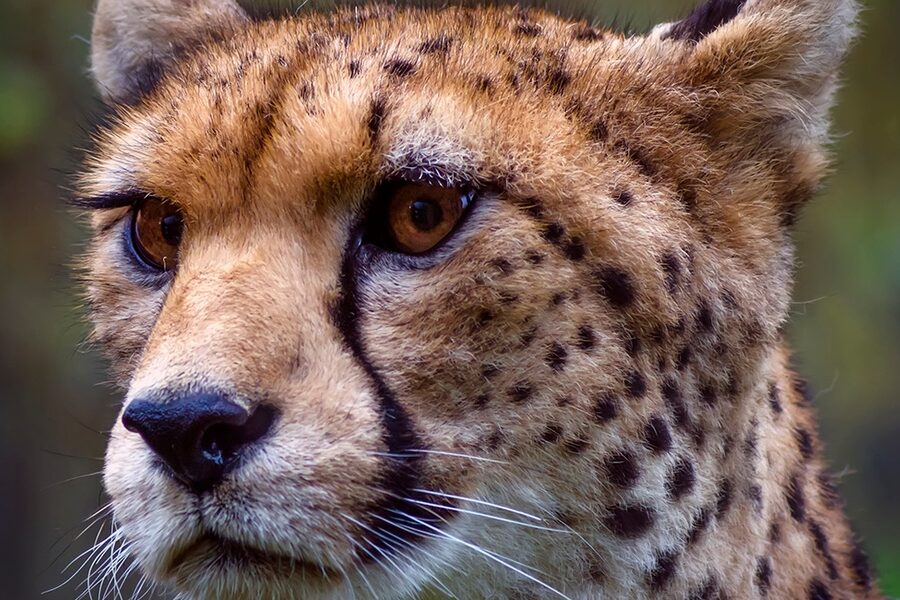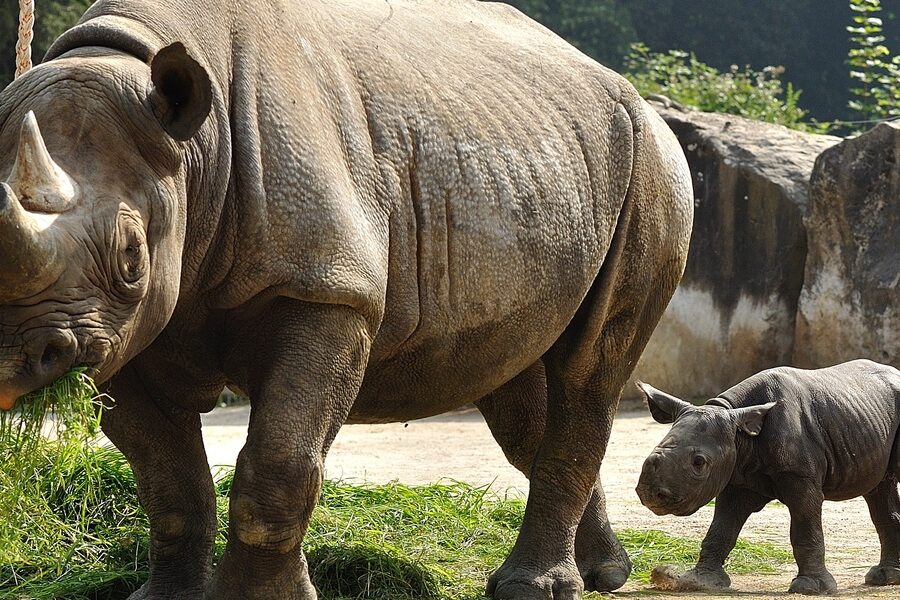Palau’s reefs, lagoons and forested islands are home to a rich mix of marine and terrestrial life, but many species here are under pressure from coastal development, overfishing and changing ocean conditions. Knowing which animals are at risk helps guide conservation action and responsible travel choices.
There are 18 Endangered Species in Palau, ranging from Dugong to Scalloped Hammerhead Shark. For each, you’ll find below Scientific name,IUCN status,Main locations / Habitat so you can quickly see the taxonomy, current conservation listing and where each species lives — see the full list you’ll find below.
How is a species determined to be endangered in Palau?
Assessments typically follow IUCN criteria—measuring population trends, range size and threats—often combined with local surveys and fisheries data; a species listed as endangered has evidence of steep declines or very limited distribution that raises a high risk of extinction without intervention.
What practical steps can visitors or residents take to help protect these species?
Support and respect marine protected areas, follow responsible boating and dive practices (no touching or feeding wildlife), avoid buying wildlife products, reduce plastic and pollution, and consider donating time or funds to reputable local conservation groups that monitor and protect habitat.
Endangered Species in Palau
| Name | Scientific name | IUCN status | Main locations / Habitat |
|---|---|---|---|
| Dugong | Dugong dugon | CR (Palau population) | Shallow seagrass beds and sheltered coastal waters, especially around the Rock Islands Southern Lagoon |
| Hawksbill Sea Turtle | Eretmochelys imbricata | CR 2008 | Coral reefs for feeding and sandy beaches on remote islands for nesting |
| Green Sea Turtle | Chelonia mydas | EN 2004 | Seagrass beds for grazing and sandy beaches across Palau for nesting |
| Leatherback Sea Turtle | Dermochelys coriacea | CR (West Pacific subpopulation) | Pelagic, open-ocean visitor to Palauan waters; females migrate to nesting beaches outside Palau |
| Scalloped Hammerhead Shark | Sphyrna lewini | CR 2019 | Coastal and oceanic waters, sometimes forming large schools around reefs and seamounts |
| Great Hammerhead Shark | Sphyrna mokarran | CR 2019 | Coral reefs, lagoons, and deep offshore waters |
| Oceanic Whitetip Shark | Carcharhinus longimanus | CR 2019 | Pelagic, open ocean, often shadowing boats far from land in Palau’s EEZ |
| Giant Manta Ray | Mobula birostris | EN 2020 | Coastal waters, feeding grounds, and reef cleaning stations like German Channel |
| Napoleon Wrasse | Cheilinus undulatus | EN 2004 | Outer coral reef slopes and drop-offs throughout Palau |
| Palau Megapode | Megapodius laperouse | EN 2022 | Forests on the Rock Islands and Peleliu; endemic subspecies |
| Palau Ground-dove | Pampusana canifrons | EN 2022 | Forest floor of the southern limestone Rock Islands; endemic |
| Palau Nightjar | Caprimulgus phalaena | EN 2020 | Native forests and open woodlands on Babeldaob, Koror, and Peleliu; endemic |
| Micronesian Sheath-tailed Bat | Emballonura semicaudata | EN 2020 | Roosts in caves and forages for insects in forested areas |
| Palau Ponapea Palm | Ponapea palauensis | CR 2016 | Limestone forests, endemic to a few of the Rock Islands |
| Palau Hydriastele Palm | Hydriastele palauensis | CR 2016 | Dense, moist forests of Palau; endemic |
| Micronesian Cycad | Cycas micronesica | EN 2009 | Native forests, particularly on limestone soils in the Rock Islands and Peleliu |
| Paniculate Acropora Coral | Acropora paniculata | EN 2022 | Upper reef slopes exposed to strong wave action |
| Noumea Chalice Coral | Cantharellus noumeae | EN 2022 | Sheltered, sometimes turbid, lower reef slopes and lagoons |
Images and Descriptions

Dugong
This gentle marine mammal, a relative of the manatee, is critically endangered in Palau. The small, isolated population faces severe threats from boat strikes and entanglement in fishing nets in its vital seagrass habitat.

Hawksbill Sea Turtle
Known for its beautiful, patterned shell, this turtle plays a key role in reef health by feeding on sponges. It is critically endangered due to illegal poaching for its shell (bekko) and the harvesting of its eggs.

Green Sea Turtle
Named for its green-colored fat, this large sea turtle is a graceful grazer of seagrass meadows. It is endangered by poaching for meat and eggs, habitat loss of nesting sites, and plastic pollution.
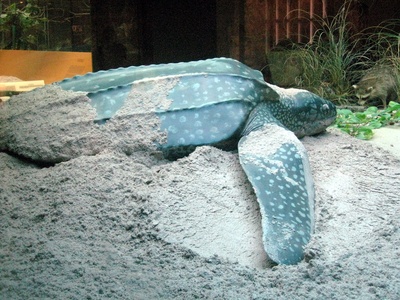
Leatherback Sea Turtle
The largest of all turtles, the leatherback has a unique rubbery shell. This ocean wanderer is critically endangered in the Pacific due to being accidentally caught in commercial fishing gear and ingesting plastic debris.
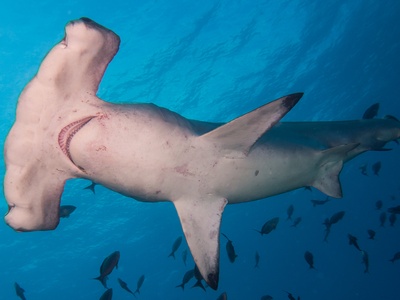
Scalloped Hammerhead Shark
This iconic shark is easily recognized by its “hammer-shaped” head, which improves its sensory perception. It is critically endangered due to extreme fishing pressure, primarily for the global shark fin trade.
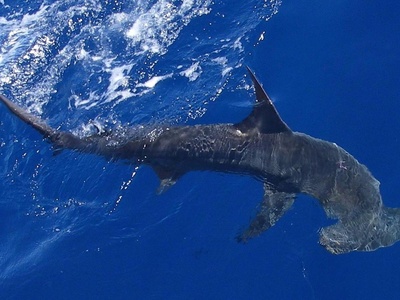
Great Hammerhead Shark
As the largest hammerhead species, this solitary hunter preys on stingrays and other fish. Its population has plummeted, making it critically endangered, mainly due to high rates of being caught as bycatch in fisheries.
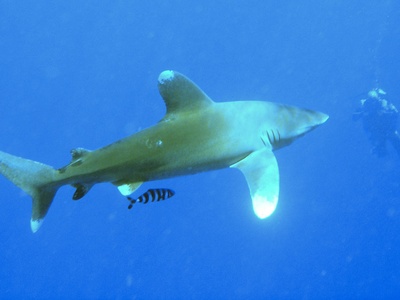
Oceanic Whitetip Shark
Once one of the most abundant sharks in the open ocean, this opportunistic predator is now critically endangered. Its population has been devastated by overfishing, as its large fins are highly valued in the shark fin trade.

Giant Manta Ray
With a wingspan up to 7 meters, the giant manta ray is a majestic filter-feeder. It is endangered because it is targeted by fisheries for its gill plates, which are used in unproven traditional medicine.

Napoleon Wrasse
Also known as the Humphead Wrasse, this massive, intelligent reef fish can live for over 30 years. It is endangered due to overfishing for the luxury live reef fish trade, which targets large, mature individuals.

Palau Megapode
This unique, chicken-sized bird doesn’t sit on its eggs. Instead, it buries them in mounds of sand or decaying vegetation, using natural heat for incubation. It’s endangered by invasive predators like rats and cats.
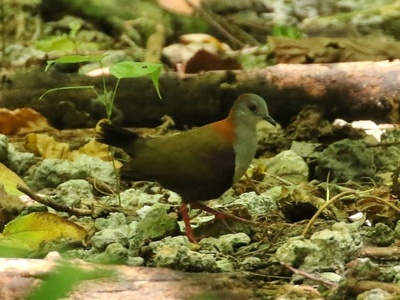
Palau Ground-dove
This shy, elusive dove forages quietly on the forest floor. With a very small and restricted population, it is extremely vulnerable to introduced predators, especially feral cats, which are the primary threat to its survival.
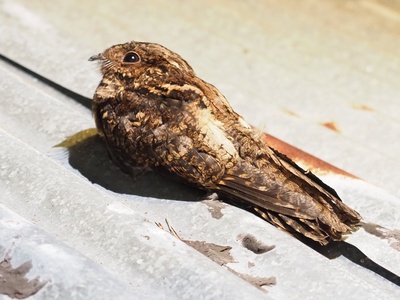
Palau Nightjar
This nocturnal, insect-eating bird is known for its cryptic camouflage that blends perfectly with the forest floor. It is endangered due to its small population size and high vulnerability to invasive predators and habitat loss.

Micronesian Sheath-tailed Bat
This small insectivorous bat was once common but has suffered a severe decline. It is endangered due to disturbance of its cave roosting sites, pesticide use, and the loss of its forest foraging habitat.

Palau Ponapea Palm
This extremely rare and elegant palm tree is found nowhere else on Earth. With only a few hundred individuals remaining in a tiny area, it is critically endangered and highly susceptible to habitat destruction and poaching.
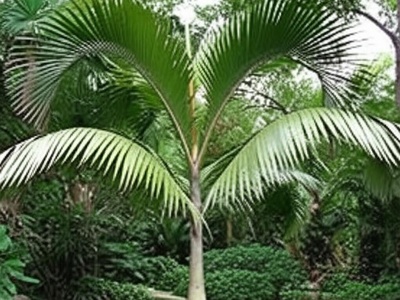
Palau Hydriastele Palm
One of Palau’s rarest endemic plants, this slender palm is on the brink of extinction. Its critically endangered status is due to an exceptionally small population, making it vulnerable to any environmental change or habitat loss.

Micronesian Cycad
This ancient, palm-like plant is a living fossil. It has become endangered throughout its range, including Palau, due to a catastrophic infestation of an invasive scale insect that has killed millions of plants.
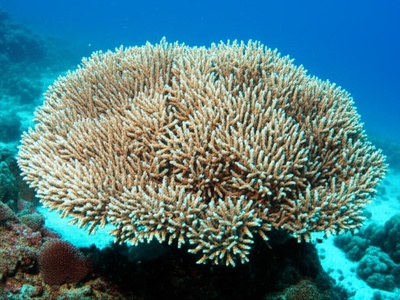
Paniculate Acropora Coral
This species forms beautiful, intricate table-like structures that provide essential habitat for reef fish. It is endangered because it is extremely sensitive to coral bleaching caused by rising ocean temperatures.

Noumea Chalice Coral
This unique, cup-shaped coral is adapted to lower light conditions. It is endangered due to its rarity and vulnerability to coastal development, which increases water turbidity and sedimentation, smothering the coral.


